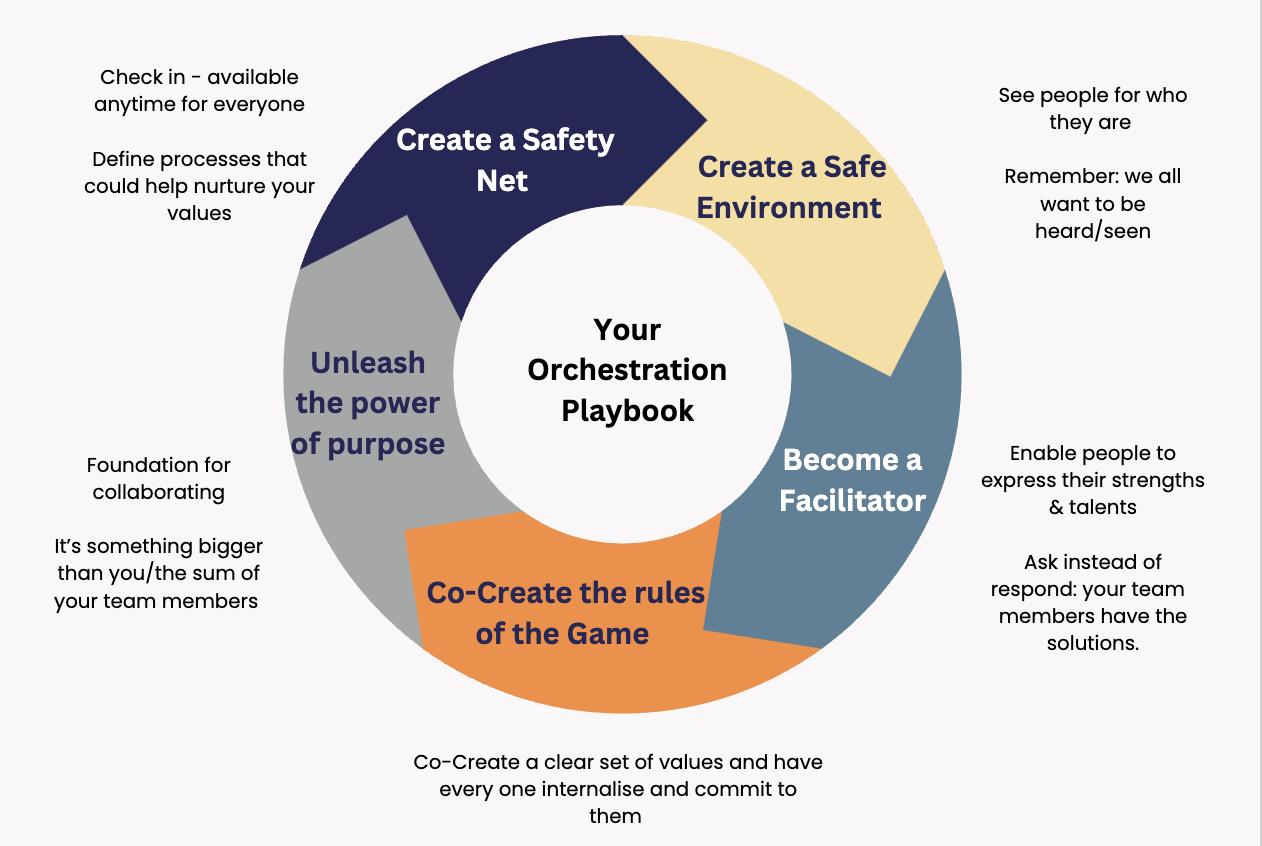
#25 – Agile Leadership: Navigating Change and Embracing Innovation
In today’s fast-paced business environment, characterised by volatility, uncertainty, complexity, and ambiguity (VUCA), the traditional top-down, command-and-control leadership models are proving increasingly inadequate. More than ever, businesses must be agile, responsive, and adaptive to survive and thrive. In this episode of the Impactful Teamwork podcast, we’ll explore what agile leadership truly means, how it can empower teams, and actionable steps businesses can take to adopt these principles.
What is Agile Leadership?
Agile leadership, unlike specific methodologies like Agile and Scrum, refers to a mindset that embraces flexibility, adaptability, and empowerment. It’s not about rigid processes but rather the ability to pivot and change direction when necessary. In today’s dynamic world, leaders must equip their teams to make quick, informed decisions, encouraging innovation and autonomy.
A clear example comes from the technology sector, particularly companies like Spotify, which has embraced agile principles by organising its workforce into autonomous squads, tribes, and guilds. This structure allows for decentralised decision-making and innovation while aligning everyone toward a common goal—key aspects of any agile organisation.
Key Attributes of Agile Leaders
Agile leadership is underpinned by several core traits that set it apart from traditional leadership approaches:
- Adaptability
The ability to pivot quickly in response to external changes is a hallmark of agile leaders. A striking example of this was the rapid development of COVID-19 vaccines. Pharmaceutical companies, traditionally known for lengthy approval processes, were able to compress timelines from years to months. This ability to adapt and collaborate in unprecedented times showcases the critical importance of agility in leadership. - Empowerment
Agile leaders trust their teams to make decisions, allowing them to innovate and take ownership of their work. Google is a perfect example, where employees are encouraged to spend 20% of their time on passion projects, leading to groundbreaking innovations like Gmail. By fostering a culture of autonomy, companies unlock their team’s creativity and innovation. - Collaboration
Agile leadership thrives on open communication and collaboration. At Pixar, for instance, creative collaboration is key. Ideas are shared, tested, and improved upon, leading to diverse perspectives and unique solutions. This echoes the power of teamwork—when individuals bring different viewpoints, teams can innovate and solve problems more effectively.
Why Agile Leadership Matters Now
The uncertain times we face today, from economic fluctuations to rapid technological advancements, demand agile leadership. In response to these challenges, businesses must be prepared to adapt, pivot, and innovate faster than ever before. Agile leadership equips companies with the tools to navigate these changes effectively, ensuring long-term success.
During the COVID-19 pandemic, many businesses demonstrated agility by swiftly pivoting their business models. Restaurants, for example, adapted to restrictions by offering takeout services, something previously uncommon for fine dining establishments. Similarly, companies like Netflix, which shifted from DVD rentals to streaming, have been able to stay ahead by anticipating and responding to market demands.
Lessons from Nature: The Ultimate Agile System
Nature offers some of the best examples of agility and adaptability. The interconnectedness and resourcefulness found in natural ecosystems are crucial lessons for business leaders striving to build agile teams. Let’s explore some real-world examples from nature:
- Ant Colonies
Ants work as decentralised teams, adjusting their roles depending on environmental needs. When faced with food shortages or threats, they change their behavior dynamically, much like agile teams adapt to new challenges. This decentralised decision-making allows for rapid, effective responses—a key lesson for businesses aiming to foster agility. - Flocks of Birds
Birds demonstrate fluid leadership in action. As they fly in V-formations, different birds take turns leading, allowing the flock to adapt to wind changes and other obstacles. This shared leadership model, where individuals take turns based on their strengths and experience, mirrors how agile teams can operate with situational leadership. - Trees and Forests
Trees in a forest communicate and share resources through an underground network, known as the “wood wide web.” This interconnection allows trees to support one another, ensuring the survival of the entire ecosystem. Similarly, agile teams thrive when individuals share knowledge and resources, working together to achieve common goals.
These natural systems emphasize the importance of adaptability, interconnectedness, and resourcefulness—all core principles of agile leadership.
Practical Steps to Build Agile Leadership
Building agile leadership in your business is essential to navigate uncertain times effectively. Here are some actionable steps you can take to start fostering agility within your organization:
- Start with Trust
Trust is the foundation of agile leadership. By giving teams the autonomy to make decisions, leaders empower individuals to take ownership of their work, resulting in faster decision-making and more creative solutions. - Embrace Flexibility
Agile leaders must be open to changing strategies based on feedback and external challenges. This requires constant monitoring of both the internal and external environments and a willingness to pivot when necessary. - Foster Collaboration
Encourage open communication, cross-functional collaboration, and shared leadership. When teams collaborate effectively, they bring diverse ideas and solutions to the table. Regular feedback loops, such as daily stand-up meetings, can help keep teams aligned and responsive to changes. - Encourage Experimentation
Create a culture where it’s safe to try new approaches and learn from mistakes. This fosters innovation and helps teams remain adaptable in the face of challenges. Google’s 20% time is a great example of how fostering a culture of experimentation can lead to breakthroughs.
Benefits of Agile Leadership for Business
Agile leadership offers several significant benefits for businesses, including:
- Increased Innovation
Agile leaders create environments where creativity thrives. Teams are encouraged to experiment and collaborate, resulting in continuous innovation and a competitive edge. - Improved Resilience
Like ecosystems that recover after storms, agile businesses can bounce back more quickly from disruptions. This resilience enables companies to survive and even thrive in uncertain times. - Faster Decision-Making
Empowering teams to make decisions in real time allows businesses to respond more swiftly to market changes, technological disruptions, and economic fluctuations. - Greater Team Engagement
When teams are given autonomy and the opportunity to contribute meaningfully, engagement levels rise. Studies show that empowered teams are more motivated, resilient, and productive.
Conclusion: Adopting Agile Leadership
In a world where uncertainty has become the new normal, agile leadership is not just a luxury—it’s a necessity. By fostering trust, embracing flexibility, encouraging collaboration, and nurturing a culture of experimentation, businesses can equip themselves to navigate any challenge that comes their way.
As leaders, we must take inspiration from nature’s adaptability and agility. Whether from the interconnectedness of forest trees or the fluid leadership of bird flocks, these natural systems offer valuable lessons in building agile, resilient teams.
So, how can you start incorporating agile leadership into your business this week? Empower your teams, embrace flexibility, and create an environment where experimentation is encouraged. The results will be a more innovative, resilient, and successful organization.
If you’d like more insights on agile leadership, you can request a copy of the Masterclass I hosted on this topic, by emailing me at julia@businesshorsepower.com
Show Notes:
Here are the highlights from this episode:















